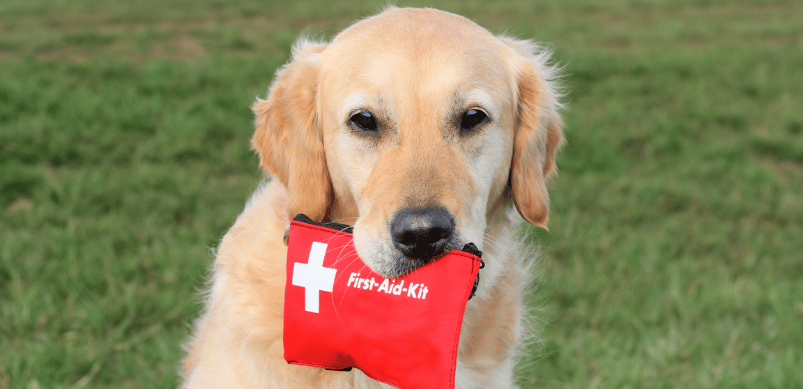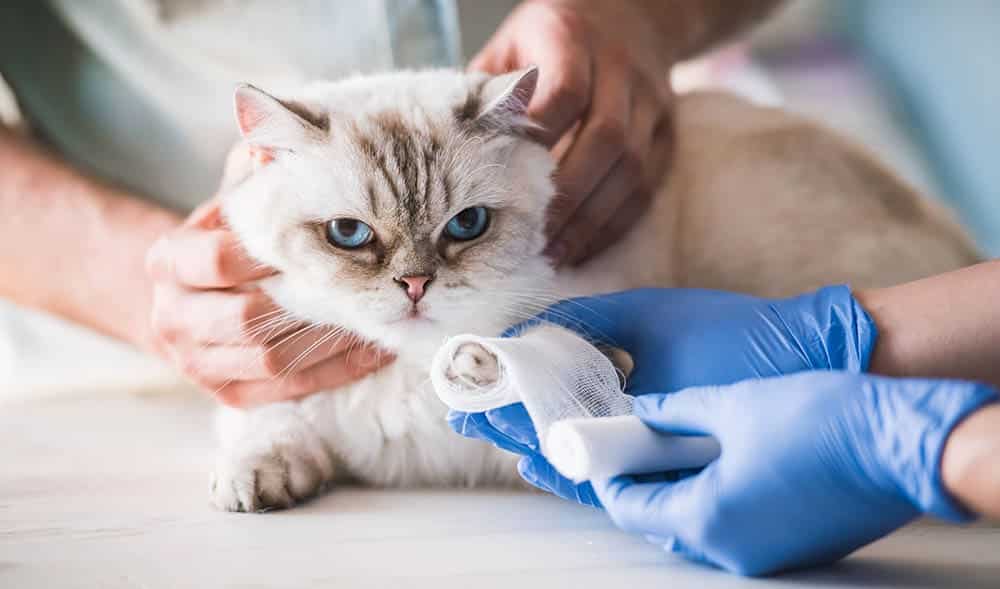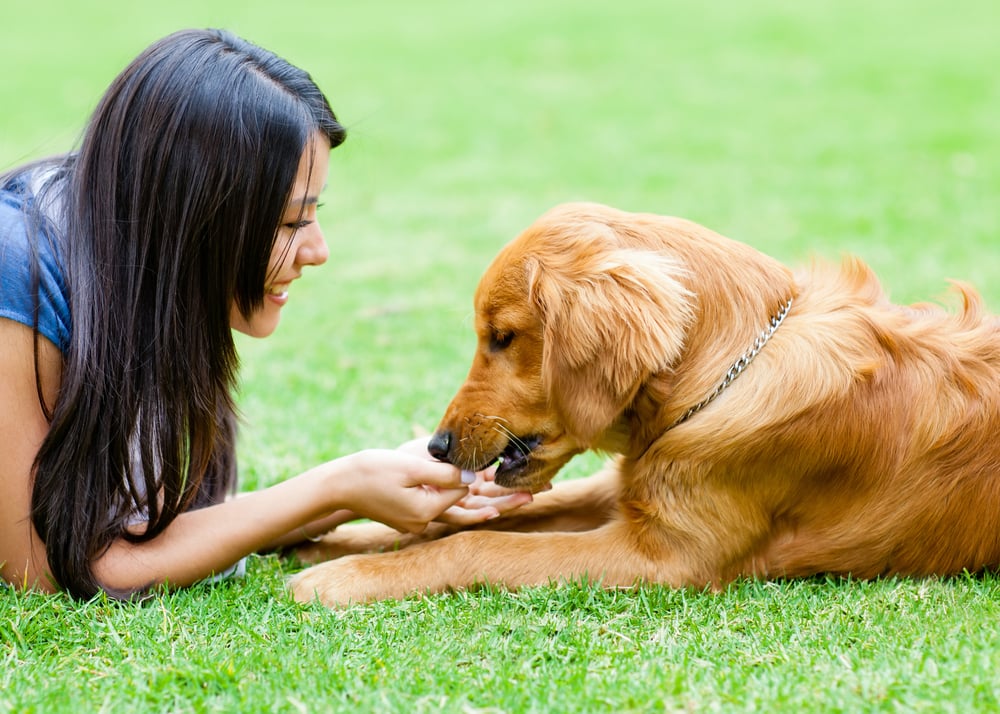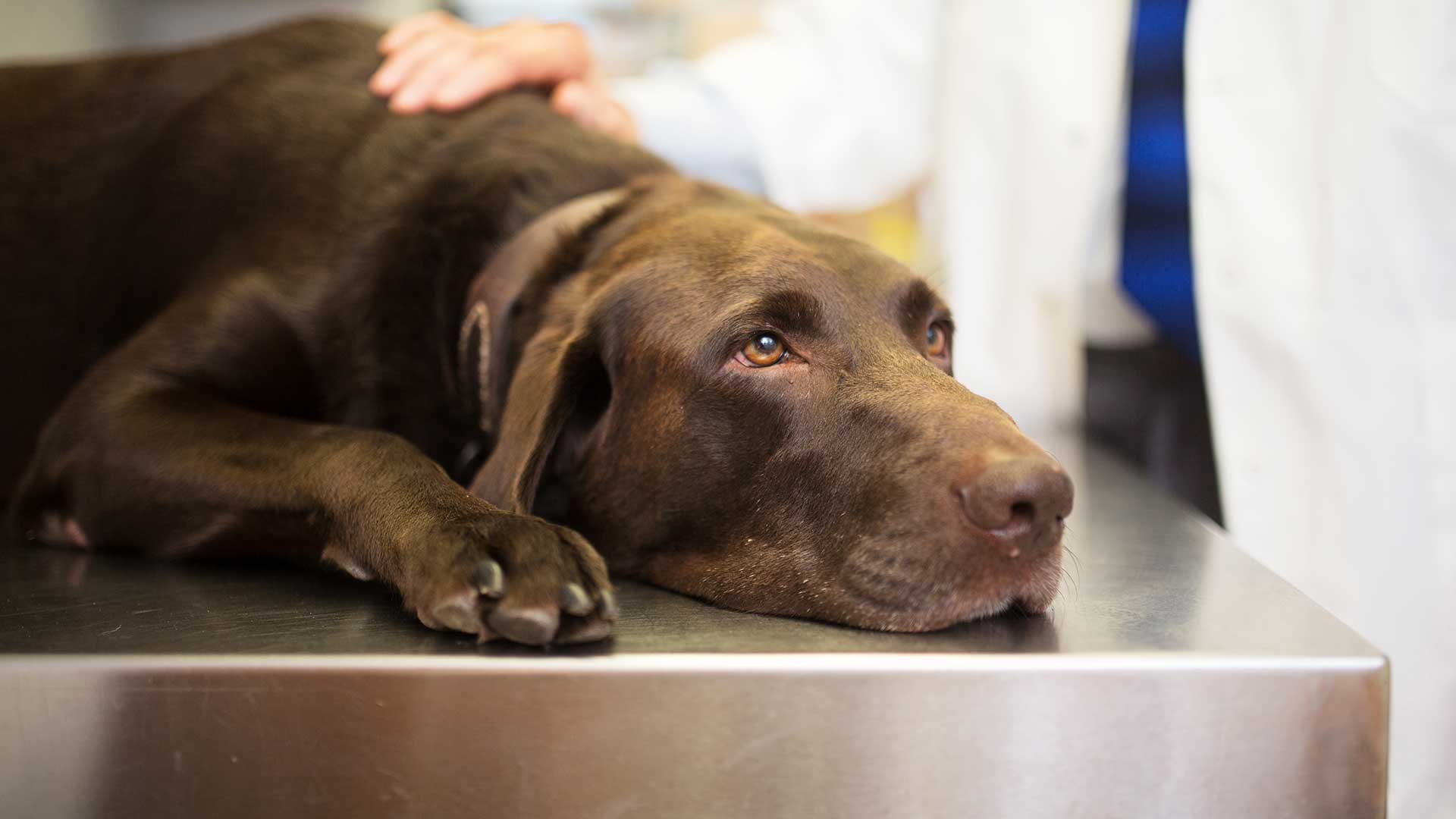Imagine this: It’s a sunny afternoon, and I’m out hiking with my golden retriever, Max. He’s bounding ahead, tail wagging like a propeller, when suddenly he yelps and limps back to me. A sharp thorn had embedded itself in his paw, and blood was starting to trickle. My heart raced—I wasn’t near a vet, and panic set in. But because I’d packed a simple pet first aid kit in my backpack, I could clean the wound, wrap it up, and get him home safely. That day taught me a lesson I’ll never forget: Being prepared isn’t just smart; it can be a lifesaver for our furry friends. In this guide, we’ll dive deep into creating a pet first aid kit checklist, drawing from real experiences and expert advice to help you feel confident and ready.
Why Every Pet Owner Needs a First Aid Kit
Picture your pet as part of the family—because they are. Accidents happen fast, whether it’s a bee sting during a backyard barbecue or a cut from rough play at the park. A well-stocked first aid kit bridges the gap between the mishap and professional vet care, potentially preventing minor issues from turning major. It’s not about playing doctor; it’s about stabilizing your pet until help arrives, giving you peace of mind in those heart-pounding moments.
Understanding Pet Emergencies
Pets can’t tell us when something’s wrong, so recognizing signs early is key. From sudden limping to excessive panting, emergencies range from cuts and bites to heatstroke or poisoning. Knowing what to watch for turns you from a worried owner into a proactive guardian, and that’s where a tailored kit comes in handy.
Common Injuries in Dogs and Cats
Dogs often face paw injuries or sprains from their adventurous spirits, while cats might deal with fights leading to scratches or abscesses. Both can suffer from allergic reactions or ingestion of toxic items like chocolate. Spotting swelling, lethargy, or vomiting quickly can make all the difference, reminding me of the time my cat knocked over a plant and started drooling—thank goodness for quick action.
Signs of Serious Illness Requiring Immediate Attention
If your pet is breathing heavily, has pale gums, or collapses, it’s time to act fast. These symptoms could indicate shock, internal bleeding, or dehydration. I’ve seen friends dismiss a pet’s odd behavior only to rush to the ER later; don’t wait—your kit can help assess and stabilize while you head out.
Building Your Pet First Aid Kit: The Basics
Start with a sturdy, waterproof container like a tackle box or backpack—something portable for home, car, or travel. Gather items based on your pet’s size, breed, and lifestyle; for instance, active dogs need more bandaging supplies. Customize it, but keep essentials universal to cover basics like cleaning wounds or stopping bleeding.
Choosing the Right Container
Opt for something compact yet roomy, with compartments to organize supplies. I prefer bright-colored cases that glow in the dark for easy spotting during nighttime emergencies. Label it clearly and store it in an accessible spot, like near your leash or in the glove compartment.
Customizing for Dogs vs. Cats
Dogs might need larger bandages for bigger paws, while cats benefit from smaller tools for precise care. Consider allergies too—my dog has sensitive skin, so I choose hypoallergenic tapes. Tailor to your pet’s needs, but always include versatile items that work for both.
Essential Bandaging and Wound Care Supplies
Wounds are common, so stock up on materials to clean and protect. These items stop bleeding and prevent infection, buying time until a vet visit. Remember, gentle application is key to avoid stressing your pet further.
- Gauze pads and rolls: For covering cuts or absorbing blood; use non-stick varieties to prevent sticking.
- Adhesive tape and self-adhering wraps: Secure bandages without pulling fur; great for on-the-go fixes.
- Cotton balls and swabs: Ideal for applying ointments or cleaning small areas gently.
- Antiseptic wipes or spray: Clean wounds safely; pet-safe formulas like chlorhexidine are best.
- Hydrogen peroxide (3%): For initial cleaning, but dilute and use sparingly to avoid tissue damage.
- Antibiotic ointment: Apply to minor scrapes; choose vet-approved to prevent licking issues.
Tools and Instruments You Can’t Skip
These gadgets make handling emergencies smoother, from removing ticks to checking vitals. They’re like your pet’s Swiss Army knife—practical and lifesaving when used right.
- Scissors with blunt tips: Cut bandages or tape; safety edges prevent accidental nicks.
- Tweezers or tick remover: Pull out splinters or parasites carefully to avoid breaking them off.
- Digital thermometer: Monitor fever; rectal for accuracy, but always lubricate first.
- Syringes (needleless): Flush wounds or give oral meds; mark measurements clearly.
- Magnifying glass and flashlight: Spot tiny issues in low light; LED ones are compact and bright.
- Gloves (latex-free): Protect yourself from messes or infections during care.
Medications and Treatments to Include
Medications require caution—always consult your vet for dosages. These can ease allergies or tummy troubles, but misuse can harm, so label with pet-specific instructions.
- Diphenhydramine (Benadryl): For allergic reactions like bee stings; vet-approved dose based on weight.
- Styptic powder: Stops nail bleeding fast; a must for clumsy clippers.
- Probiotics: Settle upset stomachs; great for mild diarrhea after dietary mishaps.
- Glucose paste or syrup: Combat low blood sugar in small breeds or diabetics.
- Eye wash (saline): Flush irritants; sterile solutions prevent further damage.
- Ear cleaner: For basic hygiene; avoid if infection is suspected.
Additional Items for Safety and Comfort
Beyond basics, these extras handle transport or comfort, turning chaos into calm. They’re the thoughtful touches that show how much you care.
- Muzzle (soft): Prevents bites if pain makes your pet aggressive; practice fitting calmly.
- Extra leash and collar: In case originals break during an escape attempt.
- Towel or emergency blanket: Wrap for warmth or shock; foil ones are lightweight.
- Collapsible bowl: Offer water easily; hydration is crucial in stress.
- Pet carrier or blanket: For safe transport; familiar scents soothe anxiety.
- Emergency contacts card: Vet, poison control (888-426-4435), and ER numbers.
How to Assemble and Store Your Kit
Gather supplies from pet stores or online, checking expiration dates. Organize by category—wound care in one section, tools in another—for quick access. Refresh every six months, replacing used or expired items to keep it reliable.
Step-by-Step Assembly Guide
First, list needs based on your pet’s habits. Shop affordably, starting with basics like gauze. Test tools, like practicing with the thermometer, to build confidence. Finally, add a first-aid manual for guidance.
Storage Tips for Home and Travel
Keep one kit at home and a mini version in your car. Store in cool, dry places away from kids or curious pets. For travel, pack light but comprehensive, like when I took Max camping and avoided disaster.
Where to Get Your Pet First Aid Supplies
Local pet stores like Petco or online giants like Amazon offer individual items affordably. For navigational ease, check Chewy.com for fast delivery. Don’t forget vet clinics—they often sell trusted brands.
Best Pre-Made Kits for Busy Owners
If DIY feels overwhelming, pre-made kits save time. Options like the Kurgo First Aid Kit include 50 essentials for $30, or the ARCA Pet Kit with 100+ items for $36. They’re compact and vet-approved, perfect for beginners.
Comparison of Top Kits
| Kit Name | Price | Items Included | Best For | Rating |
|---|---|---|---|---|
| Kurgo First Aid Kit | $30 | 50 essentials like gauze, tweezers, manual | Travel and hiking | 4.8/5 |
| ARCA Pet Kit | $36 | 100+ items including thermometer, probiotics | Comprehensive home use | 4.9/5 |
| Ready Dog Professional | $50 | Trauma-focused with splints, advanced tools | Active dogs | 4.7/5 |
| SURVIVAL Pet Kit | $40 | Snake bite tools, tick remover, shoulder strap | Outdoor adventures | 4.6/5 |
This table highlights value—choose based on your lifestyle for the best fit.
Pros and Cons of DIY vs. Pre-Made Kits
Weighing options? DIY lets you personalize, but pre-made offers convenience. Here’s a balanced look to decide.
Pros and Cons of DIY Kits
Pros:
- Customized to your pet’s specific needs, like extra allergy meds.
- Cost-effective; buy only what you need over time.
- Builds knowledge as you research each item.
Cons:
- Time-consuming to assemble and source quality supplies.
- Risk of missing key items if you’re new to pet care.
- Requires regular checks to avoid expired products.
Pros and Cons of Pre-Made Kits
Pros:
- Ready-to-go with expert-curated essentials, saving hassle.
- Often include guides or apps for quick reference.
- Compact designs ideal for travel without bulk.
Cons:
- Less flexible; might include unnecessary items.
- Higher upfront cost compared to piecemeal buying.
- Quality varies—some brands skimp on durable materials.
People Also Ask
Drawing from common searches, here are real questions pet owners ask on Google, with straightforward answers to satisfy your curiosity.
What should be included in a pet’s first aid kit?
A solid kit needs bandaging supplies, wound cleaners, tools like tweezers, and meds like Benadryl. Add contacts and a manual for completeness. Focus on your pet’s breed for extras.
How do you make a pet first aid kit?
Start with a container, list essentials from trusted sources, and assemble category by category. Check for expirations and practice using items to feel prepared.
What is the first aid for pets?
First aid stabilizes—like cleaning wounds or CPR—until vet care. It’s not a cure but buys time; learn basics from apps or classes for confidence.
Do I need a first aid kit for my dog?
Absolutely, especially if active or traveling. It handles surprises like cuts or stings, potentially saving lives and reducing stress in emergencies.
How often should I check my pet first aid kit?
Every six months is ideal—replace expired items and restock used ones. Life changes, like a new puppy, might prompt updates too.
FAQ
What if my pet ingests something toxic?
Call poison control immediately (888-426-4435) and note what was eaten. Use hydrogen peroxide to induce vomiting only if advised—never guess.
Can I use human first aid items on pets?
Some, like gauze, yes—but avoid human meds without vet approval. Pets metabolize differently, so stick to pet-safe alternatives for safety.
How do I perform CPR on my pet?
Tilt the head back, close the mouth, and blow into the nose while compressing the chest. But get certified; it’s emotional, and pros do it best.
Where can I learn more about pet first aid?
Apps like the Red Cross Pet First Aid or online courses from AVMA are great. Hands-on classes build skills beyond reading.
Is a first aid kit enough for all emergencies?
No—it’s a bridge to professional help. For severe issues like broken bones, rush to the vet; the kit supports, doesn’t replace, care.
In wrapping up, remember that day with Max? It could’ve gone south without preparation. Building a pet first aid kit isn’t just a checklist—it’s an act of love, ensuring your companion gets the care they deserve. Stock up, stay vigilant, and enjoy those tail-wagging adventures worry-free. Your pet will thank you with endless loyalty. (Word count: 2,756)

























